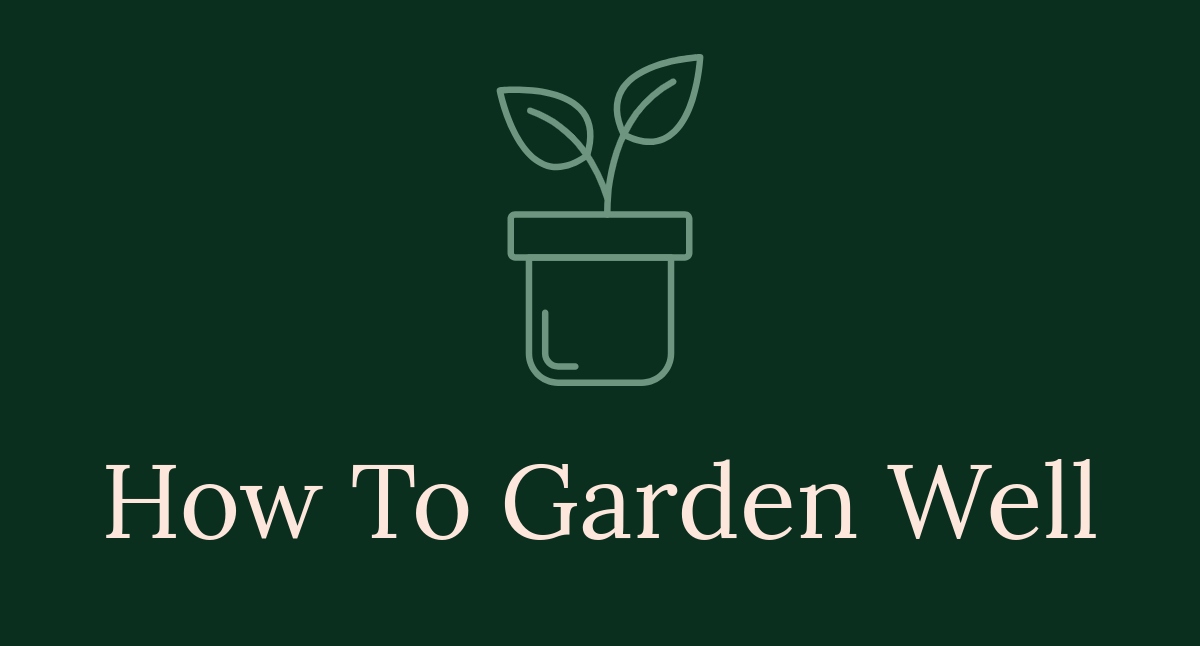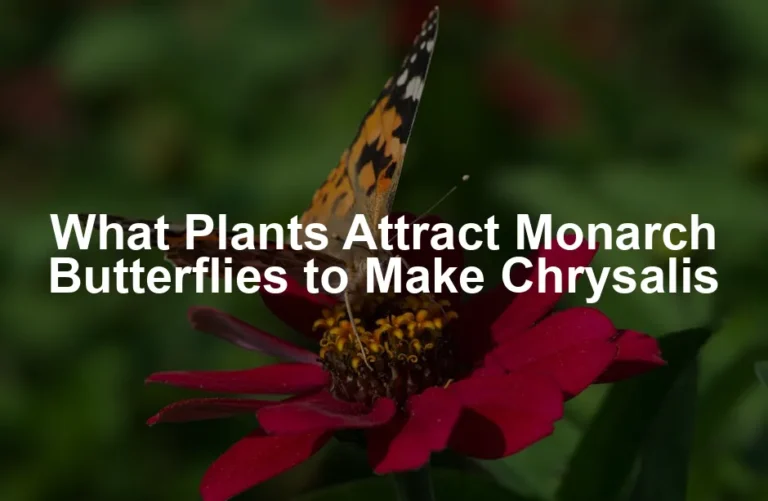
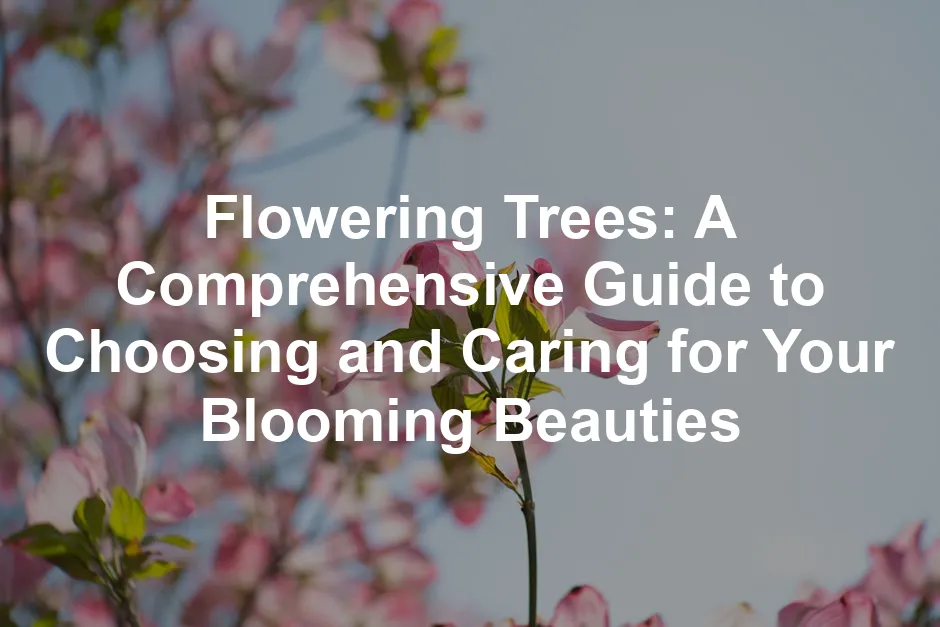
Flowering Trees: A Comprehensive Guide to Choosing and Caring for Your Blooming Beauties
Introduction
Flowering trees add beauty to any landscape. Their vibrant colors create a stunning visual appeal. Beyond aesthetics, they also offer environmental benefits. Choosing the right species is crucial for your garden’s success. With numerous sizes, colors, and bloom times, there’s a perfect flowering tree for every space.
And speaking of perfect trees, why not start your gardening journey with Chaste Tree Seeds? They’re a great option for adding some dramatic flair to your garden!
Summary and Overview
Flowering trees are a delightful addition to gardens and landscapes. They provide stunning visuals while contributing to ecological diversity. These trees can be native or non-native species, each offering unique characteristics. Native species often support local wildlife better, while non-natives can bring exotic flair.
In the sections ahead, we will discuss care tips and highlight popular varieties. You’ll learn how to ensure your flowering trees thrive and contribute to a vibrant ecosystem. From enhancing air quality to providing habitats for birds, flowering trees play an essential role in our environment. They are not just decorative; they are vital for biodiversity and beauty alike.
And to keep your garden looking fabulous, investing in some good Gardening Gloves is a must! Protect those precious hands while digging into the earth.
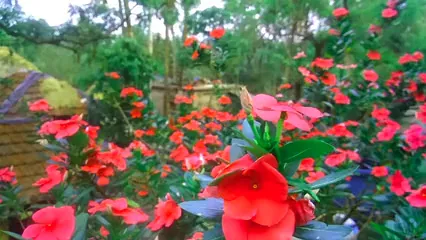
Benefits of Flowering Trees
Enhancing Aesthetic Appeal
Flowering trees transform landscapes into breathtaking scenes. Imagine walking through a garden bursting with colors. These trees offer vibrant blooms that catch the eye. Their flowers can range from soft pastels to bold hues, creating visual harmony.
Each season brings a new spectacle. In spring, trees like cherry and magnolia burst into bloom. Summer introduces lush green foliage with splashes of color. Fall showcases vibrant leaves, while winter often reveals interesting bark structures. This variety ensures year-round visual interest.
Speaking of colorful blooms, don’t forget to consider a Crape Myrtle Seed for that burst of summer color!

Environmental Impact
Flowering trees play a crucial role for our environment. They provide essential habitats for birds and insects. Many species attract pollinators like bees and butterflies. These creatures depend on flowering trees for food and shelter, boosting biodiversity.
Moreover, flowering trees improve air quality. They absorb carbon dioxide and release oxygen, making our atmosphere cleaner. In urban areas, they help reduce heat. Their shade cools the surrounding environment, making cities more comfortable during hot months. This cooling effect can lower energy costs for air conditioning, benefiting both homeowners and the planet.
If you’re serious about maintaining that beautiful ecosystem, consider investing in a Soil Test Kit. Knowing your soil’s health is key to thriving plants!
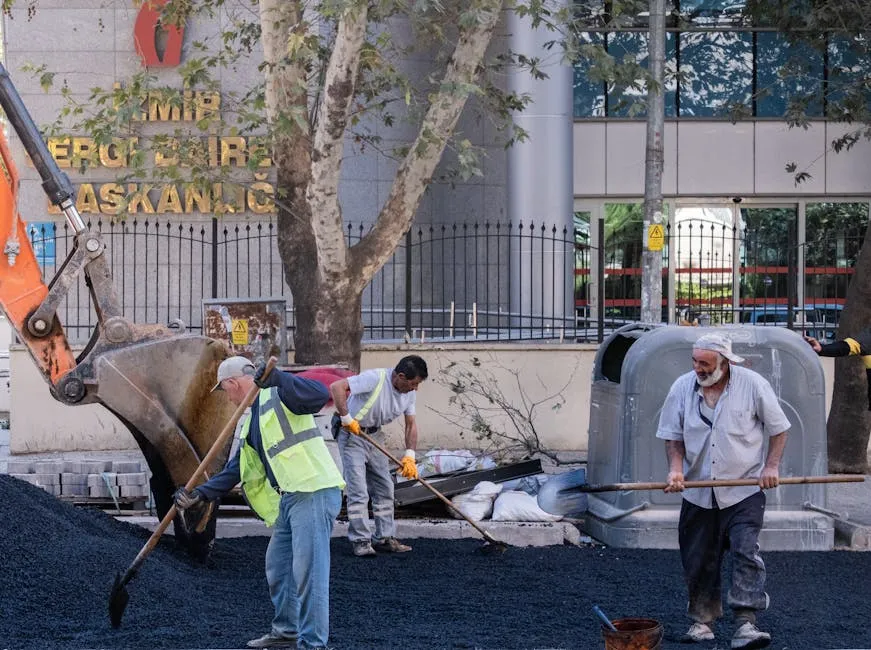
Property Value Increase
Investing in flowering trees can significantly enhance property values. According to various studies, homes with well-maintained landscaping can see a 7-15% increase in value. A survey by the National Association of Realtors shows that buyers are willing to pay more for homes with mature trees.
Flowering trees specifically can attract potential buyers. Their beauty and seasonal displays make properties more appealing. Homeowners looking to sell should consider planting these trees to boost curb appeal. The investment not only beautifies the space but can also yield financial returns in the long run.
And speaking of curb appeal, you might want to check out some Garden Edging to give your landscape that finished look!

1. Chaste Tree (Vitex agnus-castus)
The Chaste Tree, or Vitex agnus-castus, is a dazzling addition to any garden. Known for its striking purple flowers, this tree can grow 8 to 10 feet tall and 5 to 8 feet wide. Blooming from late spring to early fall, its long spikes of tiny flowers create a showy display.
This tree thrives in full sun and prefers well-draining soil. It’s also drought-tolerant, making it an ideal choice for low-maintenance landscapes. However, be cautious; it can become invasive in some areas. With its fragrant flowers and ability to attract pollinators, the Chaste Tree is both beautiful and beneficial.
2. Crape Myrtle (Lagerstroemia indica)
The Crape Myrtle, scientifically known as Lagerstroemia indica, is celebrated for its summer blooms. This versatile tree can reach heights of 2 to 30 feet, depending on the variety, and offers a colorful display in shades of pink, red, white, and purple.
It flourishes in full sun and is adaptable to various soil types. With adequate watering, it rewards you with vibrant flowers from summer until fall. Crape Myrtle trees are also known for their striking bark and attractive foliage, adding visual interest even when not in bloom. This tree is perfect for those looking to make a colorful statement in their landscape.
And if you’re planning to grow a Crape Myrtle, don’t forget to keep those plants healthy with some Organic Fertilizer! Your plants will thank you.

3. Dogwood (Cornus florida)
The Dogwood, or Cornus florida, is a classic flowering tree cherished for its stunning spring blooms. It typically reaches 20 to 40 feet in height and can spread up to 20 feet wide. Its white or pink flowers appear before the leaves, creating a lovely spectacle.
This tree prefers full sun to partial shade and thrives in moist, acidic soils. It requires regular watering, especially in dry periods. Beyond its beauty, the Dogwood offers vibrant fall foliage, showcasing deep reds and purples. With its graceful form and seasonal displays, it’s a fantastic choice for adding charm to any garden.
For those who want to attract even more beauty to their garden, consider adding a Bird Feeder! It’s like a flower show, but with chirps!
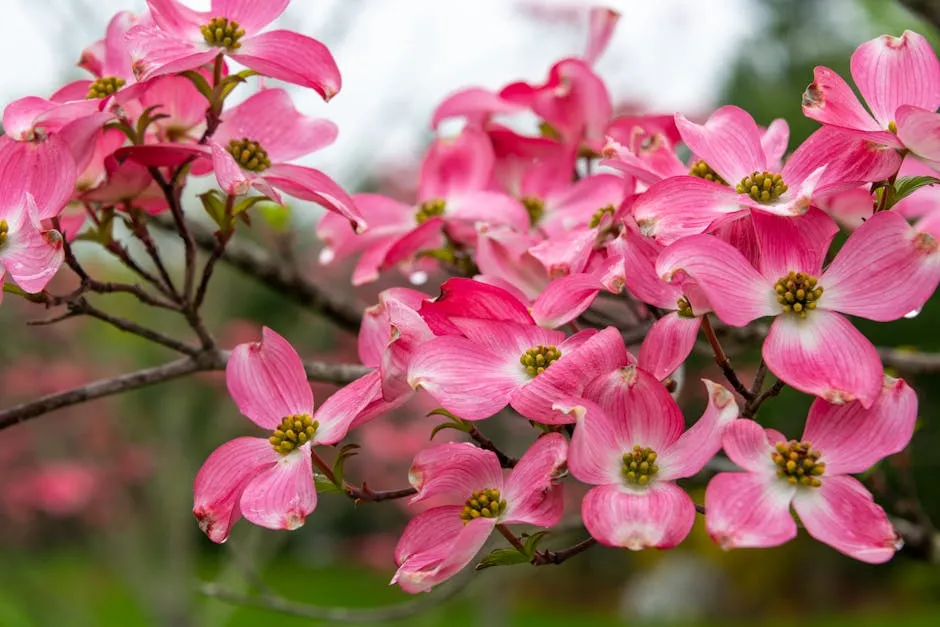
4. Eastern Redbud (Cercis canadensis)
The Eastern Redbud, scientifically known as Cercis canadensis, is a delightful tree that enchants with its early spring blossoms. Growing 20 to 30 feet tall, it features lovely pink flowers that bloom before the leaves emerge. This creates a picturesque scene in any landscape.
This tree thrives in full sun or partial shade and prefers moist, well-draining soil. Regular watering ensures its health, especially during dry spells. The heart-shaped leaves turn a beautiful yellow in the fall, adding to its appeal. The Eastern Redbud is perfect for those seeking a tree that brightens up gardens early in the season.
But don’t forget to protect your precious trees! A good Garden Pest Control Kit can save the day!
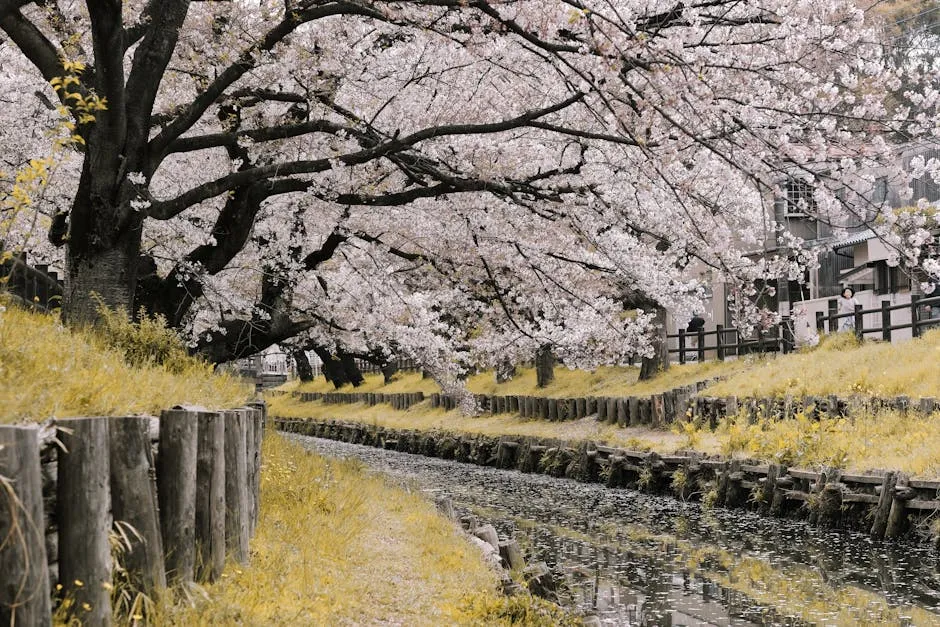
5. Saucer Magnolia (Magnolia soulangeana)
The Saucer Magnolia, or Magnolia soulangeana, is a stunning tree known for its large, cup-shaped blooms. Typically growing to 20 to 30 feet tall, this tree bursts into bloom from late February to April. Its flowers can be white, pink, or purple, often with a delightful fragrance.
This tree thrives in full sun to partial shade and prefers moist, well-draining acidic soil. It requires frequent watering, especially when young. The Saucer Magnolia’s striking blooms and unique shape make it a favorite in gardens, bringing joy and beauty to your landscape. Its early blooms signal the arrival of spring, making it a cherished addition.
To really enjoy your outdoor space, consider adding some Outdoor Garden Lights. They’ll illuminate your blooming beauties at night!

How to Choose the Right Flowering Tree
Choosing the perfect flowering tree can feel overwhelming. Let’s break it down into manageable steps to help you select the best fit for your space.
Consider Your Climate
Understanding hardiness zones is essential. These zones indicate which plants thrive in your area. Each flowering tree has its specific climate preferences. For instance, the Eastern Redbud flourishes in Zones 4-9, while the Crape Myrtle thrives in warmer Zones 7-10. Research your local climate and choose a tree that will thrive there. This foundational step ensures your tree will not only survive but flourish, offering vibrant blooms for years.
And don’t forget to check out a Butterfly Garden Book for tips on attracting pollinators!
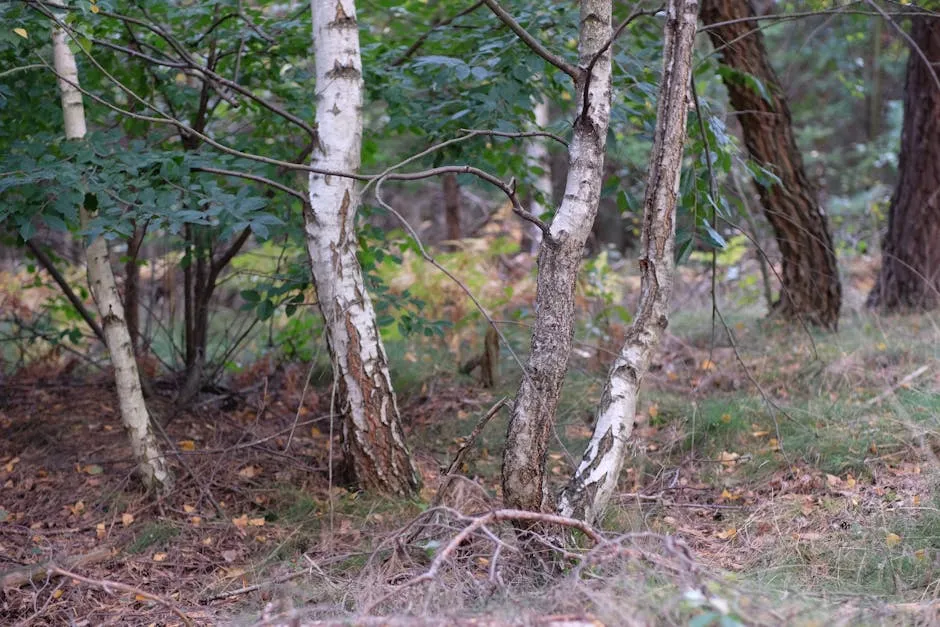
Space and Size Considerations
Assessing your available space is crucial. Consider both the height and width of the tree at maturity. Some trees, like the Dogwood, can grow up to 40 feet tall, while others, like the Chaste Tree, may only reach 10 feet. Think about how much room you have for growth. Also, consider the tree’s canopy spread. You want to ensure it won’t crowd nearby structures or plants. Measure your space and visualize how the tree will fit in.
Purpose and Aesthetic Goals
What’s your vision? Are you looking for vibrant spring blooms or striking fall foliage? Different trees serve various purposes. Some, like the Saucer Magnolia, offer stunning flowers in early spring. Others, like the Crape Myrtle, provide a colorful display throughout summer. Think about how you want the tree to enhance your landscape. It might be for shade, privacy, or purely for beauty. Aligning your choice with your goals will ensure satisfaction.
By considering your climate, space, and purpose, you’ll be well on your way to selecting the right flowering tree that will thrive and beautify your environment. Enjoy the process of choosing your new leafy friend!

Common Issues and Solutions
Pests and Diseases
Flowering trees, while beautiful, can face several pest and disease challenges. Common pests include aphids, spider mites, and scale insects. These tiny invaders can weaken your trees by sucking sap. To combat them, consider introducing beneficial insects like ladybugs or using insecticidal soap. Regularly inspecting your trees can help catch infestations early.
Diseases also pose threats. Powdery mildew is a frequent issue, especially in humid climates. It appears as a white powdery coating on leaves. To prevent this, ensure good air circulation around your trees and avoid overhead watering. If your tree is already affected, fungicidal sprays can help control the spread.
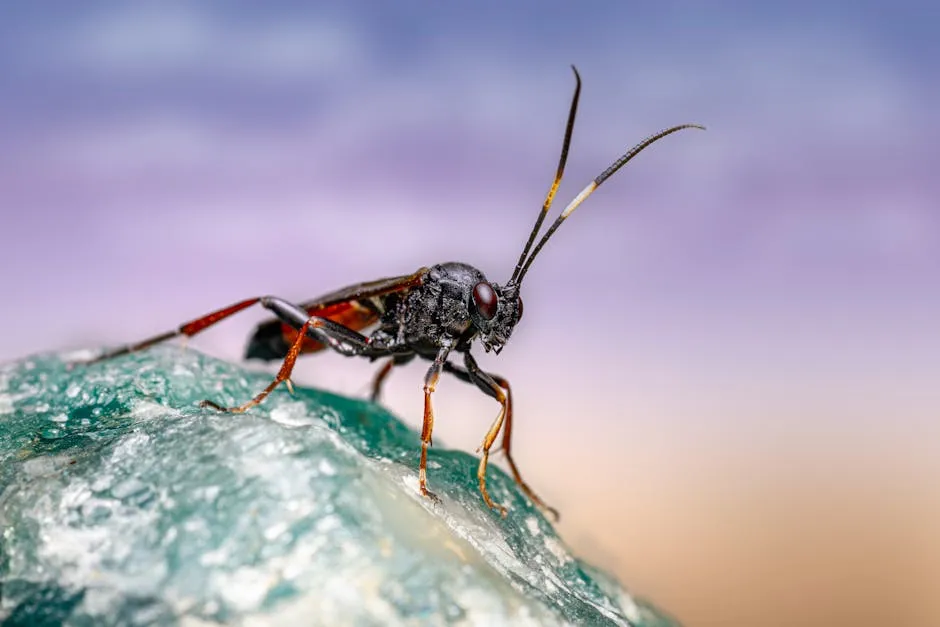
Environmental Stressors
Weather and climate play significant roles in flowering tree health. Extreme temperatures can stress trees, causing wilting or leaf drop. Hot, dry conditions may lead to drought stress, while heavy rains can promote root rot.
To mitigate these stressors, mulch around your trees to maintain soil moisture and temperature. Planting in the right season is crucial, too. Spring and fall are generally best for planting flowering trees, as they allow roots to establish before harsh weather arrives. Regular watering during dry spells is essential, as is protecting trees from strong winds or frost.
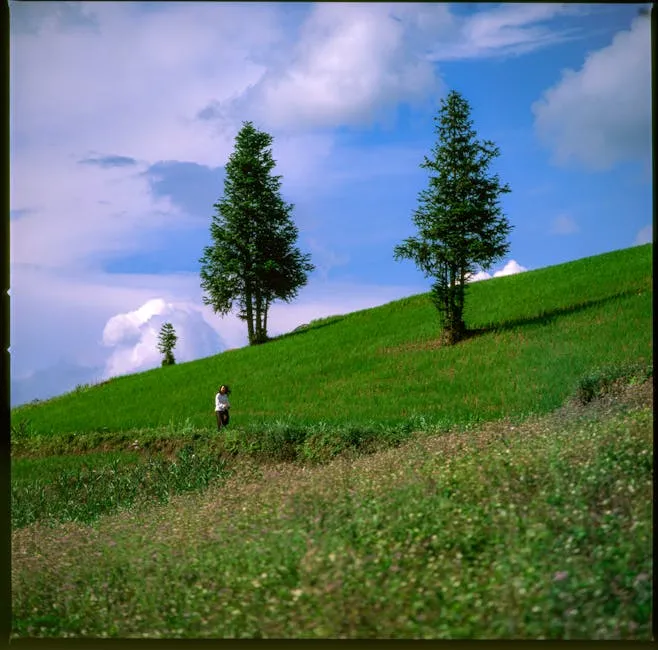
Solutions for Poor Blooming
If your flowering tree isn’t blooming as expected, don’t fret. Several factors could be at play. First, check if your tree is getting enough sunlight. Most flowering trees thrive in full sun, so ensure they aren’t shaded by nearby structures or other plants.
Next, consider soil quality. Poor soil can hinder blooming. Testing your soil can reveal nutrient deficiencies. If necessary, amend the soil with organic matter or a balanced fertilizer to promote healthy growth. Pruning is another vital step. Removing dead or crossing branches allows more energy to flow to the blooms. Lastly, patience is crucial. Many trees take a few years to establish and bloom fully, so give your new friends time to flourish.
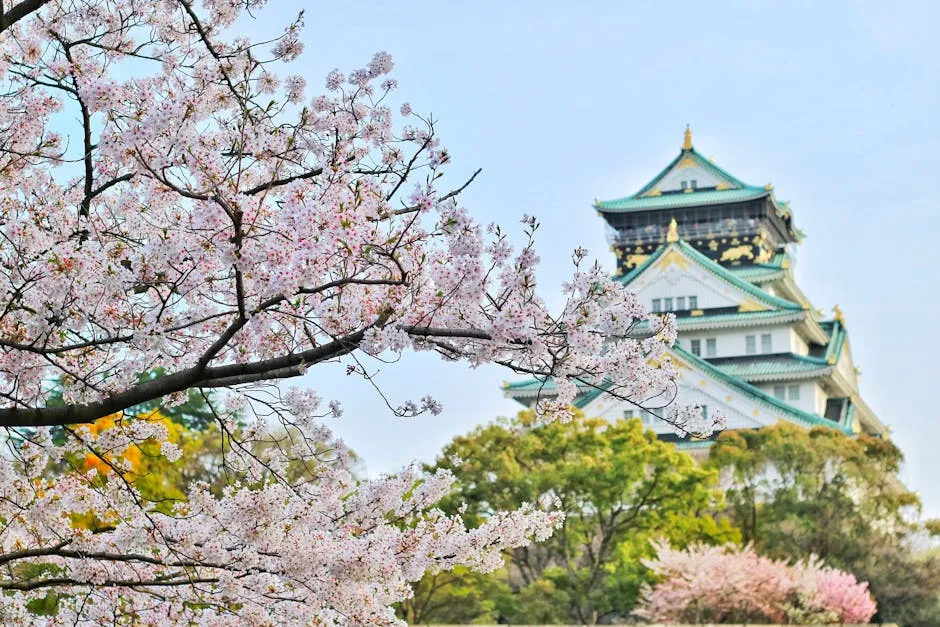
FAQs About Flowering Trees
What are the best flowering trees for small gardens?
If you have limited space, consider small flowering trees like the Eastern Redbud or Chaste Tree. These trees fit well in compact areas while still providing beautiful blooms. Their manageable size makes them ideal for landscape design without overwhelming your garden.
How can I encourage my flowering tree to bloom?
Focus on flowering tree care by ensuring adequate sunlight and proper watering. Fertilizing with high-phosphorus products can boost blooming. Regular pruning also promotes healthy growth, allowing more energy for flowers.
What flowering trees are best for attracting pollinators?
Look for pollinator-friendly trees like Dogwood and Saucer Magnolia. These native flowering trees draw in bees, butterflies, and other beneficial insects, supporting a healthy ecosystem in your garden.
When is the best time to plant flowering trees?
Spring and fall are ideal for planting flowering trees. These seasons offer favorable conditions for root establishment. Timing your planting can ensure your trees thrive in their new environment.
Are there any flowering trees that are drought-resistant?
Absolutely! Trees like the Chaste Tree and Crape Myrtle are known for their drought tolerance. Incorporating these drought-tolerant flowering trees into your landscape can help conserve water while still adding beauty.
Please let us know what you think about our content by leaving a comment down below!
Thank you for reading till here 🙂
For more information on the beauty and benefits of flowering trees, check out our post on flowering trees.
All images from Pexels
